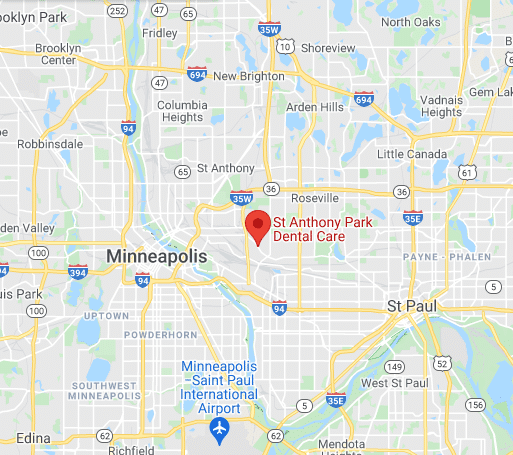What Can I Do to Make My Breath Smell Better?
Bad breath can be embarrassing and frustrating – for you and the people you talk to! Practicing good oral hygiene can help. Yourdentist in St. Paul, MN, can help you maintain fresh and pleasant breath through regular oral exams and dental cleanings. It’s also important to maintain good oral hygiene at home. Here’s what you can do to get rid of bad breath.
What Causes Bad Breath?
Bacteria and food particles in the mouth can cause bad breath. Poor oral hygiene, cavities, and infection can also cause bad breath. For some people, bad breath is even caused by the food they eat.
How Can I Improve My Bad Breath?
Poor oral hygiene habits are at the root of bad breath for most people. If this is the cause of your bad breath, you may be able to fix your problem by using best practices when brushing your teeth and by seeing the dentist regularly. Some tips:
- Brush your teeth twice daily for two minutes each time
- Replace your toothbrush every three months
- Use a soft bristle toothbrush
- See your dentist for an oral exam and check-up twice annually
What If Brushing My Teeth Doesn’t Help?
If brushing your teeth properly doesn’t help your bad breath, this could be a sign of a dental infection or cavity in your mouth. If this is the case, your dentist can help. Your dentist must examine your teeth to identify any problems like this.
Bad breath can also be caused by certain foods in the diet, like garlic or onion. These foods enter the bloodstream and can be smelled on the breath for a while after consumption. Pay attention to your dietary habits and notice when your bad breath is happening.
Think you may have acavity or dental infection in St. Paul, MN? Call St. Anthony Park Dental Care today to make an appointment.





